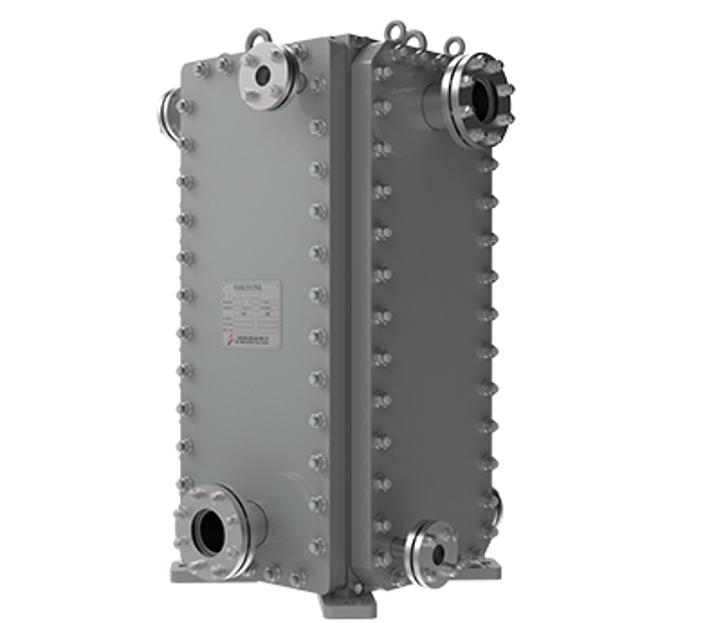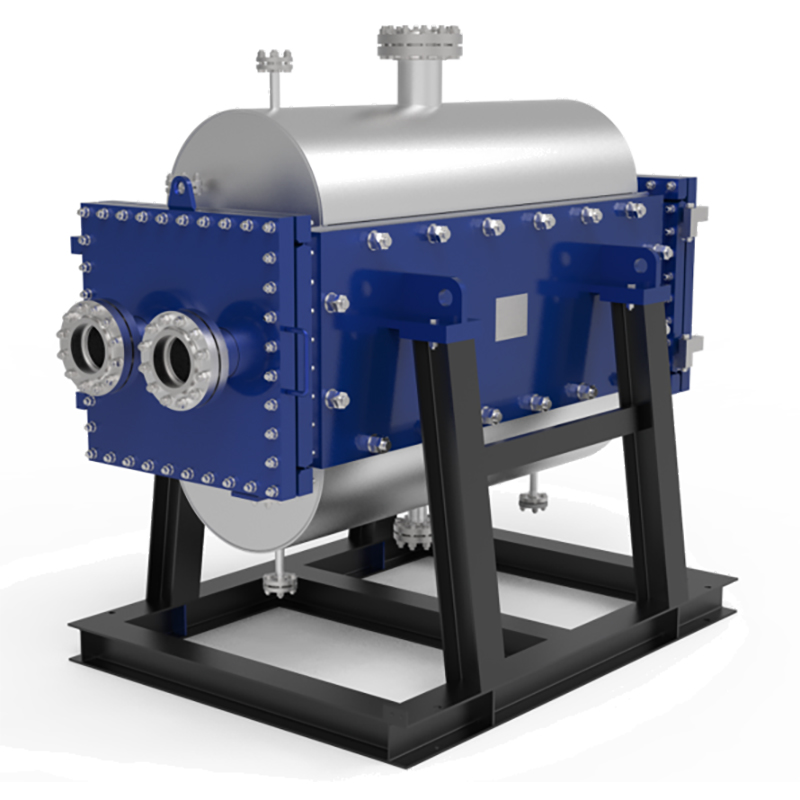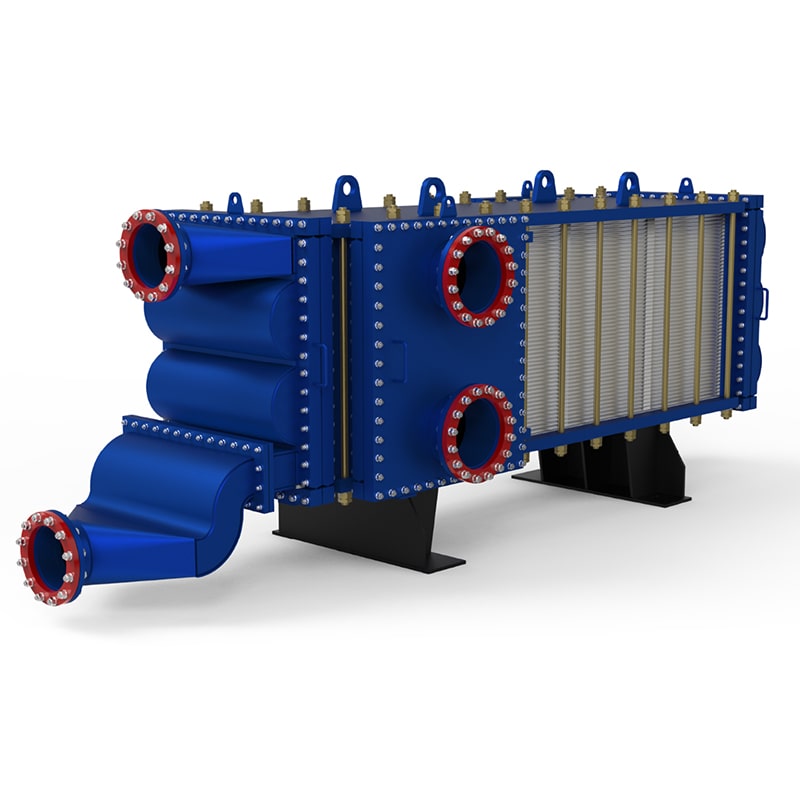Understanding api 662 for plate heat exchangers
API 662 defines standards for plate heat exchanger...
More
Laser welded plate is a cutting-edge metal joining technology that utilizes a highly concentrated laser beam to fuse metal components with exceptional precision. This advanced manufacturing process creates strong, seamless bonds between metal plates, typically used in industries requiring high structural integrity, such as automotive, aerospace, shipbuilding, and construction. Unlike traditional welding methods, laser welding offers minimal heat distortion, allowing for thinner materials to be joined without compromising strength. The process is computer-controlled, ensuring consistent weld quality across large production runs. Common materials include stainless steel, aluminum alloys, and carbon steels, with thicknesses ranging from 0.5mm to 30mm depending on application requirements.
The technology behind laser welded plates delivers superior joint strength—often reaching 90-95% of the base material's tensile strength—while maintaining excellent corrosion resistance at the weld seam. Modern systems achieve welding speeds of 5-10 meters per minute for thin sheets, with positional accuracy within ±0.1mm. Major manufacturers like Trumpf, IPG Photonics, and Coherent provide industrial laser systems capable of 4kW-20kW power outputs, enabling deep penetration welds up to 15mm in single passes. The automotive industry particularly benefits from this method, with studies showing laser-welded body panels reducing vehicle weight by 15-20% compared to spot-welded alternatives.
Laser welded plates offer unparalleled advantages for precision manufacturing and large-scale industrial applications. The process eliminates filler materials, reducing production costs by 20-30% compared to arc welding, while achieving 50% faster processing times. Environmental benefits include 40% lower energy consumption than conventional methods, aligning with sustainable manufacturing goals. The aerospace industry reports 99.9% defect-free welds in critical components like turbine blades and fuel systems when using laser technology.
Quality assurance metrics demonstrate why global manufacturers prefer laser welding: weld porosity below 0.5%, heat-affected zones (HAZ) limited to 0.3-1.2mm width, and repeatability within 0.05mm tolerance. Shipbuilders using laser-welded steel plates report 25% greater fatigue resistance in hull constructions, while architectural applications show 40% improved load-bearing capacity in structural panels. The medical device industry relies on laser-welded stainless steel for implantable components, achieving biocompatibility meeting ISO 10993 standards. With robotic laser systems achieving 98% uptime in automated production lines, this technology delivers both technical superiority and operational reliability for high-volume manufacturing.
Select the most popular foreign trade service products to meet your diverse needs
Learn more about the dynamics and professional knowledge of the foreign trade industry
API 662 defines standards for plate heat exchanger...
More
Heat exchangers transfer heat between fluids witho...
More
Yes, a fully welded plate heat exchanger is worth ...
More
A welded plate heat exchanger offers unmatched dur...
More
A welded plate creates a single, monolithic piece ...
More
A welded plate exchanger offers superior durabilit...
MoreSelect the most popular foreign trade service products to meet your diverse needs
Explore more content related to foreign trade services

User Comments
Service Experience Sharing from Real Customers
John Smith
Mechanical EngineerThe laser welded plate is of exceptional quality with precise welding seams. Highly recommended for industrial applications.
Emily Johnson
Quality Control SpecialistGreat product! The laser welded plate meets all our specifications and has improved our production efficiency.
Michael Brown
Project ManagerExcellent durability and finish on the laser welded plate. It has been a reliable component in our construction projects.
Sarah Davis
Procurement OfficerThe laser welded plate arrived on time and in perfect condition. Very satisfied with the performance and cost-effectiveness.